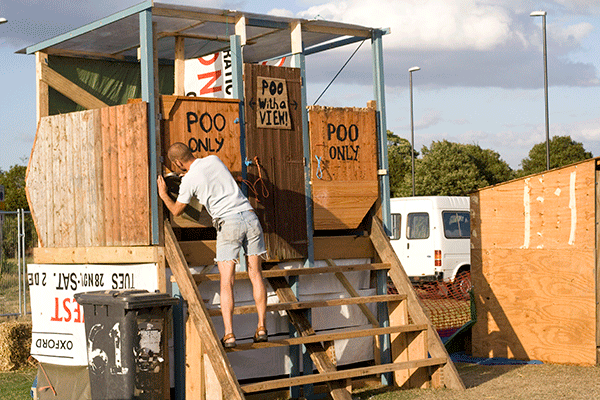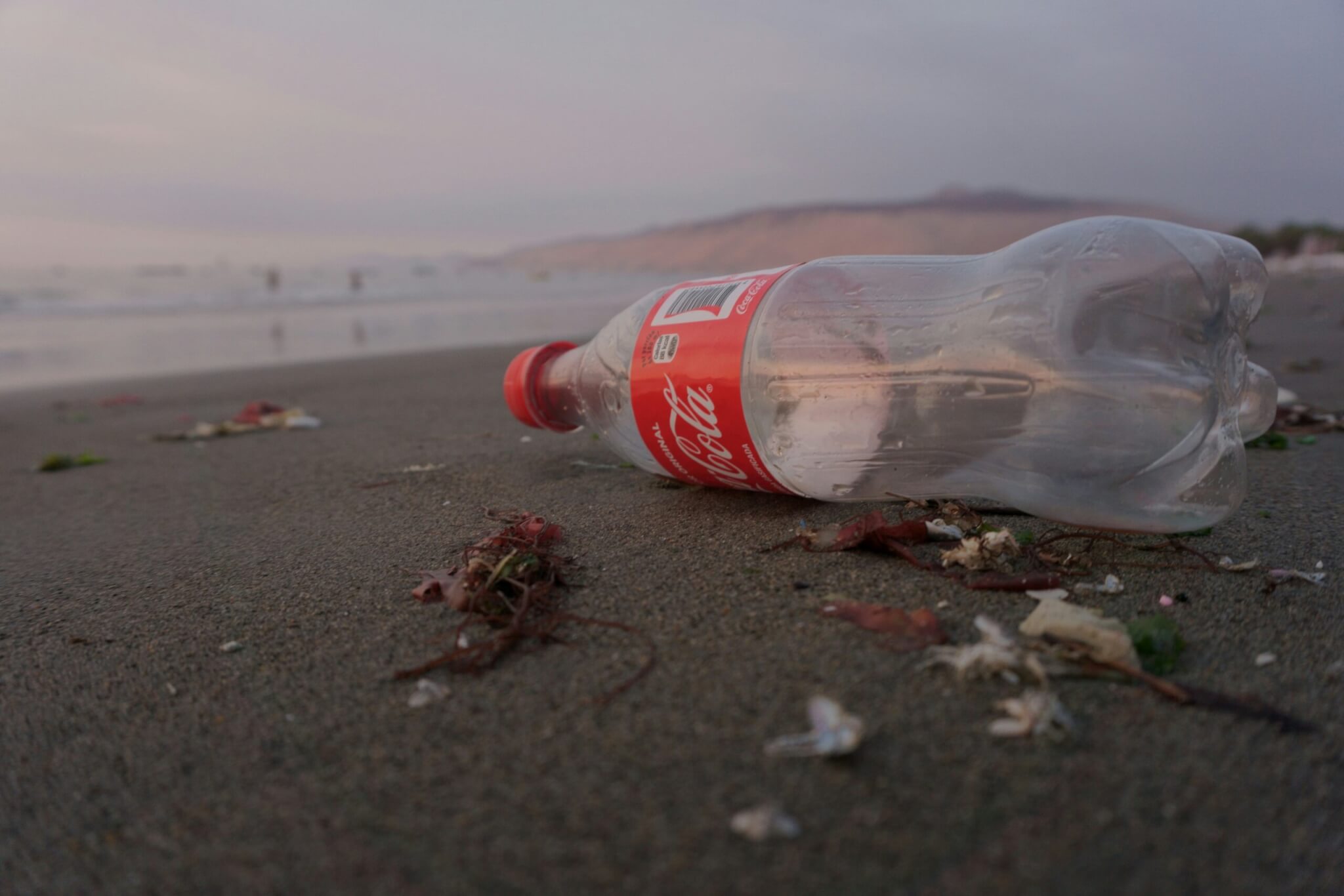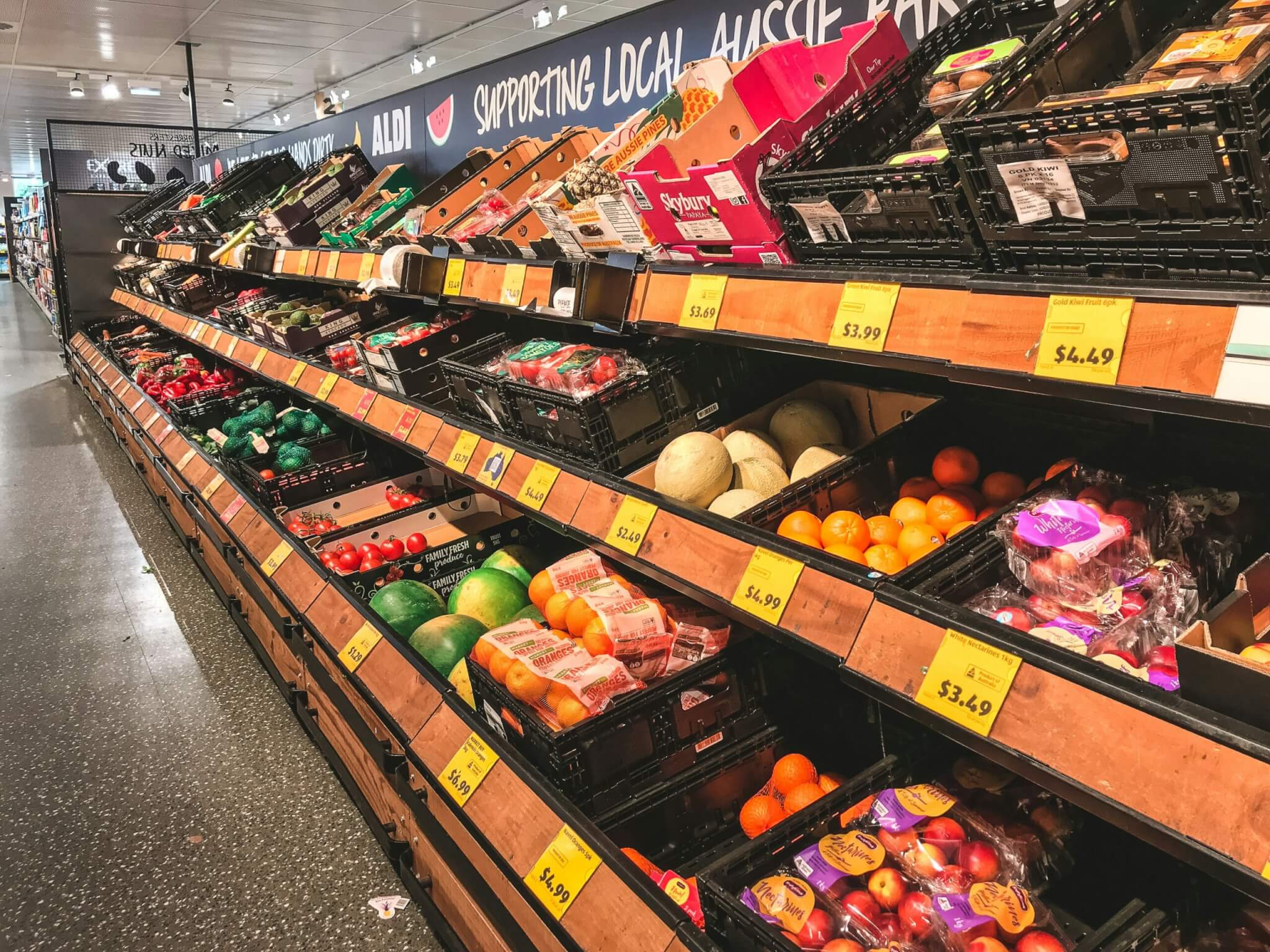In recent months, national media has detailed how ‘forever chemicals’ – whether in carpets, makeup, clothing, or breast milk – pose an assortment of health issues including liver disease, decreased immunity, and cancer.
A common fertiliser, and the food grown from it, could be added to that list too.
Sludge, or ‘biosolids’, is sewage waste treated and often applied on farmland as a fertiliser. It’s a combination of, importantly, human excrement, but also other waste – some flushed down the loo, some drained off our roads. Some 170,000 truckloads of sludge (87 per cent of what we produce) are applied to UK farmland each year.
Returning so-called ‘organic matter’ to the land in this way has many benefits. It increases the water retention levels of carbon in the soil, builds soil fertility, and in theory, returning human excreta to the land could help farmers move away from intensively manufactured artificial fertilisers, which have high carbon footprints.

Many farmers are already trying to cut down on fertiliser, because nitrous oxide emissions, of which synthetic fertiliser is a chief culprit, is 300 times more potent than C02.
A 2020 Portuguese study, over the course of two years, demonstrated how sludge can outperform mineral fertiliser by increasing levels of nutrients such as nitrogen, potassium, and phosphorus in the soils they’re applied to. In some cases, by two or three times that of mineral fertiliser.
It is, also, resourceful – if sludge wasn’t returned to the land, it would get incinerated, or disposed into landfill. The Environment Agency claims the most sustainable option is to recycle sludge to agricultural land as organic manure.
But it’s not all positive. Sludge may be causing more harm to us than good, some studies have suggested, due to contamination from heavy metals and newer threats like microplastics.
A study at the University of California this year concluded that microplastics were more common in sludge than first thought, with some tests showing plastic particles were 25 times more present than expected. What’s worse, microplastics absorb heavy metals, potentially rendering soils toxic at high concentrations.
The Soil Association recognises that biosolids, even when regulated, could introduce toxins to plants and therefore the human body, and their organic regulations “strictly prohibit” human-based waste, such as sewage sludge.
Dr Alfonso Lag-Brotons, a senior research associate at Lancaster University, whose focus includes soil protection and waste management, says that while “certain sewage sludge streams will contain pollutants or substances with potential to alter natural [biological] cycles or cause harm,” he does not consider the problem to be widespread, as pollutants are generally restricted to the areas in which they originate.
“The key point is whether regulations are keeping up with the pace at which waste treatment processes change. And at which new threats are being identified – for example, antibiotic resistance, microplastics, etcetera,” he adds.
Even if not widespread, the risks to human health, even if regulated, make for alarming reading. Last year, a Greenpeace report found sludge destined for some UK fields was full of salmonella, e-coli, and weedkiller. And this was after the sludge had been treated. Meanwhile, a study in North Carolina showed that three quarters of people living near farmland spread with sludge suffered reactions such as nausea, vomiting, rashes, and boils.
But before our waste is flushed away as a fertiliser solution once and for all, there is a way human waste can be added to the land in a more sustainable way: with a smaller and more localised approach.

‘Humanure’, as some call it, is distinct from sewage sludge or biosolids in that it does not contain chemical waste or heavy metals, as it is not part of the sewage network, deriving from compost toilets, like the sort found at festivals and campsites.
Visitors to Cordelia Rowlatt’s campsite at Vallis Veg in Somerset use the compost loos onsite, and the resulting human excreta is kept in containers for two years to kill any pathogens, then left to earthworms to break it down over another year or so. At this point, the compost is ready for Rowlatt’s garden beds. But not, due to time and money associated with required tests, the farm’s food.
“It would be safe to put on the veg,” she says, “but you need to do a lot of tests – rightly – to put anything back onto agricultural land. Not so much because of the pathogens, but the heavy metals.”
That said, Rowlatt believes that generally, “it would be better to use sewage sludge than not.” Heavy metals, much of which wash into the water system from roads, are in her view the biggest risk to our health. “But [water treatment systems] are getting better and better at keeping the wastewater stream separate from the sewage stream, and if you do that, you have less of a problem with heavy metals.”
At its worst, sludge is a toxic concoction poisoning soils, food, and us. But, when managed properly, or even better, approved for carefully monitored small-scale local systems, human excreta returned to the land can provide the kind of cheap, organic, nutrient-cycling fertiliser needed to replenish our soils.










The absence of human “waste” from the agricultural “equation” has been the elephant in the room for many years. When food is consumed, the end product needs to be returned [properly treated] to complete the cycle.
Simply, the decision by the Victorians, etc to mix excrement with all other wastes, u=including industrial effluent, has been a disaster.
I had the good fortune to be a pupil of Lawrence Hills many decades ago, and he waxed knowledgeably on this topic. Any truly Organic system needs to incorporate manure from those who consume its products. Lawrence had no illusions about the risks from incompletely composted “night soil”, and was fond of pointing out the incidence of disease in Chinese small holding from such, but with more advanced methods this does not have to be a risk.
The monster issue is a sewage system that serves almost all homes and eateries that has zero provision for such separation of waste streams. Maybe we’ll see the return of the “Night soil” collectors of olden times?
I know there is a massive ‘ugh!’ Factor as far as humanure is concerned, but we really need to ‘get over it’. I’m no soil scientist, but I do like systems that give us a win/ win where possible.
Could solid waste be collected from sites of high footfall – festivals/airports/colleges etc – trapped in double skinned digesters, and the resulting gas, instead of being lost, used as an energy source? Then once digested and tested, be used as fertiliser? We need to start thinking of these waste products, not as waste but as a serious resource.
In ‘La Terre’ by Emile Zola there is a character called ‘La Mere Caca’ or ‘old mother poo’ who grows the most amazing cauliflowers but is suspected by the people in her village of digging the contents of her chamber pot into the soil. As a result she has to travel to a market some distance away to sell her produce.
The dangers of pollutants, especially from road run-off, can be dealt with if the will is there, but our reaction to human waste as ‘dirty’ is inculcated from an early age and very hard to change. This may be the bigger problem in the long run, especially as the cat is out of the bag now and we all know about it.
From 1977 to 2017 I used a bucket, composted the solids and used urine as a liquid fertilizer in a succession of gardens, including a self-sufficient one for 20 years.
I discovered the great efficacy of urine and composted faeces but others have written in glowing terms about it long ago. James Shirley Hibberd (1825–1890) wrote in 1863:
If a given quantity of land, sown without manure yields three times the seed employed, then the same quantity of land will produce five times the quantity sown when manured with old herbage, putrid grass or leaves, garden stuff, etc., seven times with cow dung, nine times with pigeon dung, ten times with horse dung, twelve times with human urine, twelve times with goat dung, twelve times with sheep dung, and fourteen times with human manure, or bullocks’ blood.
For reasons I need not go into I no longer use the solids, but I highly recommend anyone to use their urine – it’s very effective, safe, and free! What’s not to like? Of the nutrients excreted from the body urine contains 70 – 90% of the nitrogen, 45 – 80% of the phosphorous, and 60 – 90% of the potassium. Unfortunately, the greater part of other elements is excreted in the faeces. To make up for this loss I now use liquid seaweed, diluted, usually mixed with urine and applied to soil and compost heaps. Although suppliers of seaweed, liquid or dried, make no such claims, I’m fairly confident it contains all the trace elements plants and people need, although some might be in insufficient concentrations. Incidentally, plants only need 14 mineral elements whereas people and other animals need 21. So, you can have good yields of healthy crops which are nutritionally deficient as human food.
Readily available sources of phosphate will be gone by mid century and the rest early in the 22nd century. So, we are going to have to use all human waste if there is not to be a net loss from the food system. Retrofitting required in all buildings where people go, as it were.
For the benefit of guests, provide a suitable container in the little room and display this little verse:
Would you please your urine keep
for use upon the compost heap.
The leaves will break down twice as fast
with any water that you pass.
My grandfather used to encourage my father and uncle to wee on his compost heap when they were playing in the garden. That would have been in the 1920s .